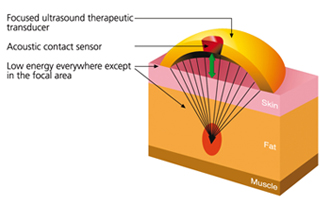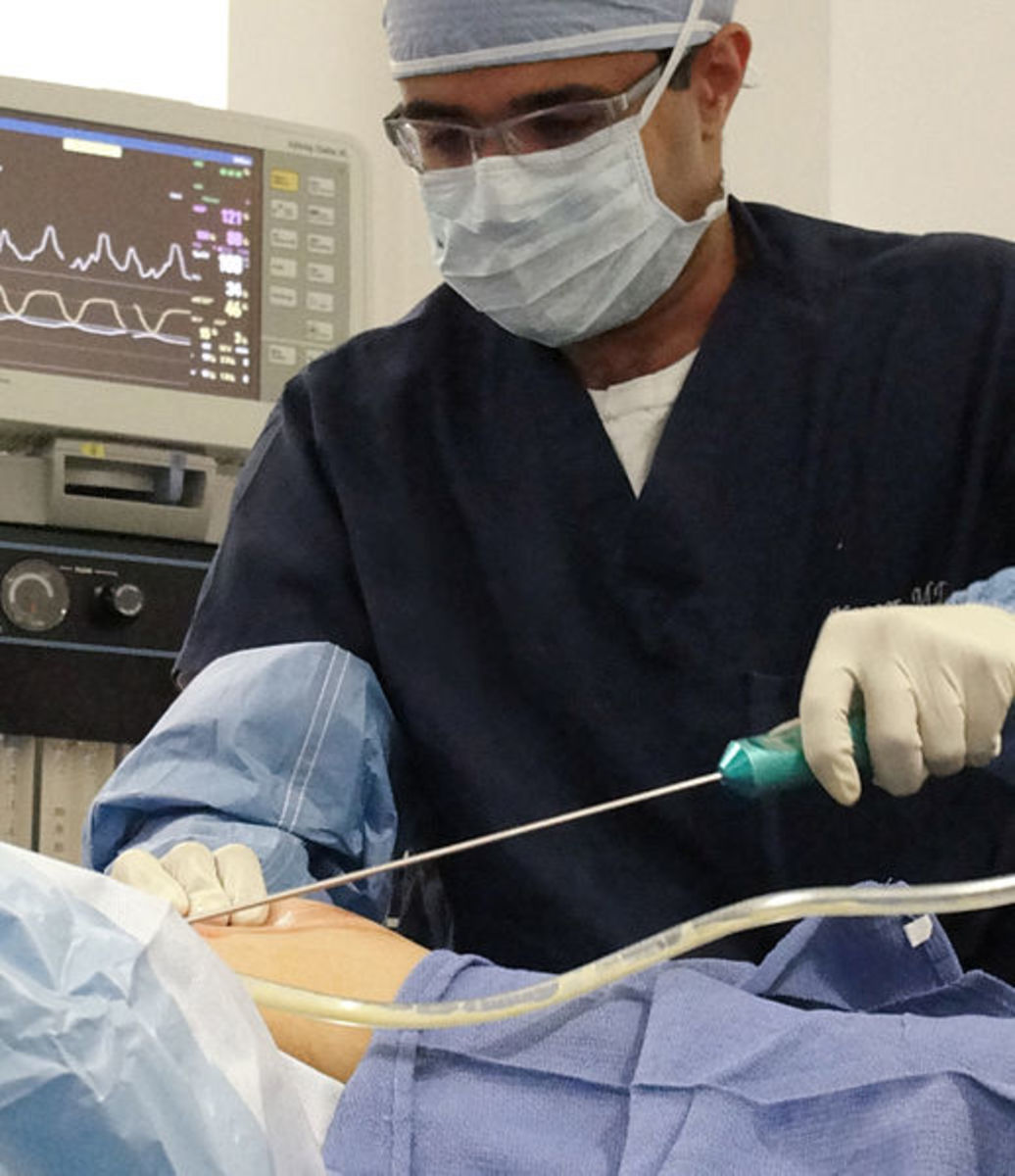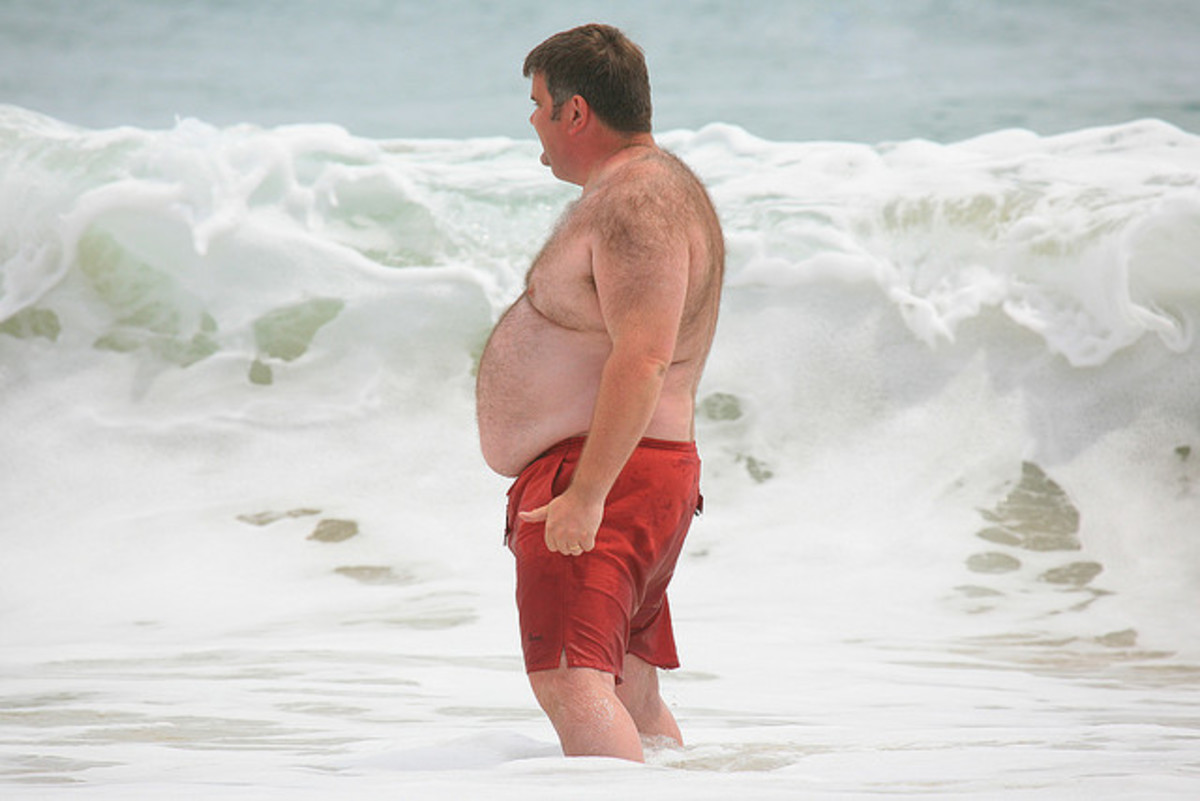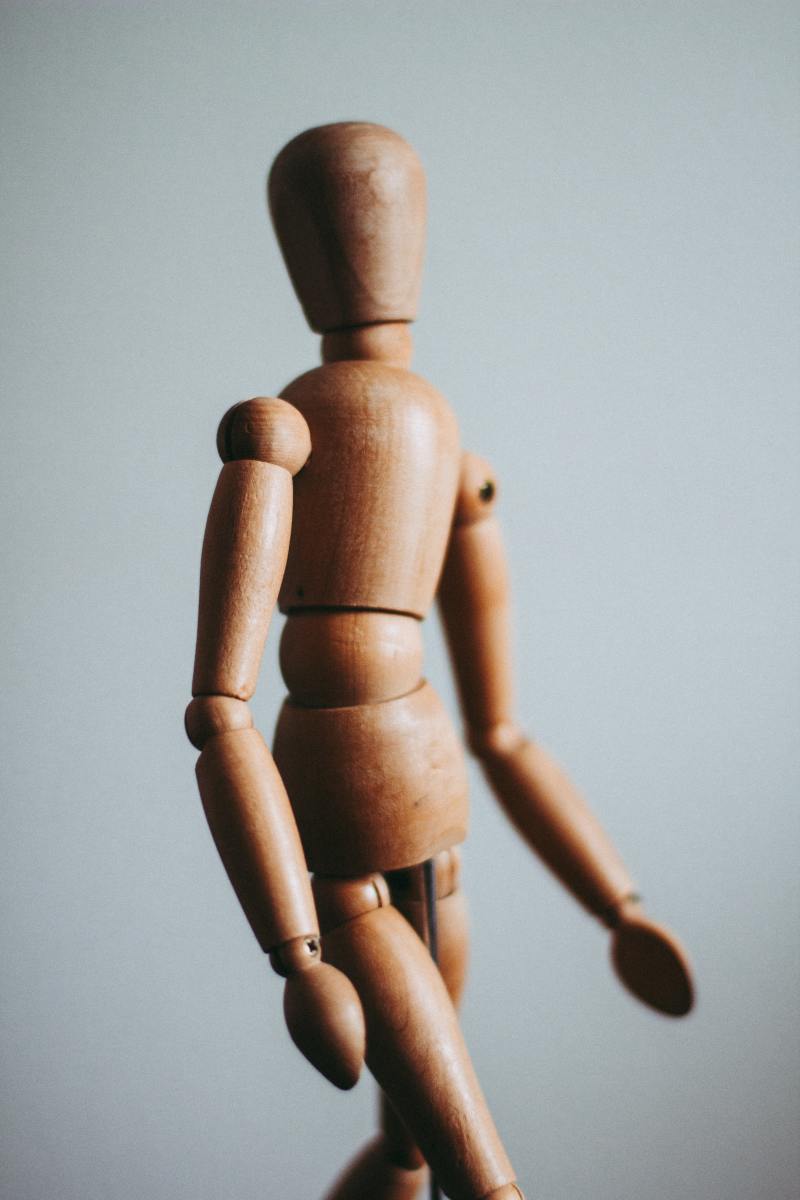Liposuction vs Ultrasonic Lipo vs Non Invasive Treatments (ultrasound cavitation)
Body Contouring
The body fat is deposited in fat cells which have the ability to increase or decrease in volume according to greater or lesser amount of fat absorbed in its interior.
Beneath the skin there is a layer called the subcutaneous where most of the fat cells are located. There are also other regions that serve as a deposit such as within the abdominal cavity between the bowel.
However most of the fat tissue (or fat) deposits in the subcutaneous tissue.
The degree of adiposity of a person depends on several factors. Among them there are genetic factors but much more important the diet.
- Genetic factors are undoubtedly important elements in the development of a deposit of more or less fat. There are real strains that predispose families to these localized deposits.
- The type of food is also an important factor in triggering an accumulation of fat. Poor eating habits no doubt can trigger obesity.

It is known that exercise and diet are able to trigger the burning of fat and encourage weight loss.
On the other hand, deposits of fat found in certain regions of the body are hardly capable of being corrected even with diets and/or exercises.
There are some classic examples:
- The lower abdominal region (below the navel). As the person progresses in age this deposit tends to grow.
- The region of the hips is another area that may also be the site of localized fat accumulation.
The study of these localized fat deposits has shown that exercise or even weight loss it is not enough to completely remove the amount of fat deposited there.
Liposuction
At the end of the '70s, a Frenchman named Illouz, reported a method for removal of localized fat through a procedure called liposuction.
This method consists in the introduction of a metal tube in the subcutaneous tissue that is connected to a vacuum machine which sucks quantities of fat.
As the tube is moved within the zone of accumulation the fat it is absorbed into the cannula and removed from the subcutaneous tissue. Thus, with this surgery is possible to withdraw more or less amount of fat within the areas of exaggerated deposit.
The liposuction is not a treatment for obesity. Rather serves to remove accumulations of fat found in certain regions of the body.
The total amount of fat to be removed should not be exaggerated as there is a certain amount of blood that is aspirated during the procedure of liposuction.
If liposuction is very bulky the blood loss may also be causing anemia in the patient.
Indications:
The liposuction surgery is to reduce the amount of body fat in localized areas giving the patient a better body contour.
The liposuction is not made to lose weight because the biggest change occurs in the body silhouette and not on the scale.
The best results are obtained in liposuctions in which the patient has localized fat. Surgery in extensive areas and large volumes are more likely to leave irregularities.
Type of anesthesia:
Depends on the area to be operated and the amount of fat to be removed. Can be provided general anesthesia, local anesthesia or epidural anesthesia.
Postoperative:
Usually there is edema (swelling) and ecchymosis (bruises) which resolve themselves, in most cases, within 21 days.
During the 1st month after the liposuction the patient should experience remarkable improvement of the edema. An elastic strap to be used for 1.5 months and is indicated ultrasound and lymphatic drainage in order to accelerate recovery, reduce swelling and hardening.
Complications:
There are rare complications in liposuction but they can be cited: hematoma, irregularities, infection, stroke, accidents during surgery and anesthesia problems.
Liposuction Complications
No doubt it is a delicate procedure that requires the full attention of the medical team involved in the operation.
However it is necessary to make a differentiation between complications of liposuction itself and the procedure involved in the anesthetic procedure.
Complications of liposuction itself are related to trauma or perforation of structures deep within the liposucked areas. Another complication of liposuction itself would be the presence of irregularities on the skin surface. In certain situations very superficial liposuction may also result in hyperchromia areas (darker areas) which can be corrected with decolorant substances.
It is also possible to happen cardiac arrest and death during liposuction surgeries.
You must understand that the anesthetic procedure (type of general anesthesia, local anesthesia or epidural anesthesia) may trigger complications.
Therefore, as already mentioned, it is essential to differentiate between the complications of liposuction itself and complications of anesthetic procedures involved.
The irregularities may be more or less corrected with a secondary liposuction.
Anesthesiology complications should have immediate treatment as soon as diagnosis is made.
In all these cases of complications is important to take into consideration that prophylaxis (avoid) is of utmost importance.
Ultrasonic Liposuction
In 1987 the Italian plastic surgeon Dr. Michele Zocchi developed ultrasonic liposuction.
This method was used to help dissolve the fat before its removal by suction techniques.
Due to complications of skin and tissue that burns the original ultrasonic liposuction fell into disuse. Today ultrasonic liposuction is often refer to some noninvasive treatments.
Noninvasive Treatments
These new treatments are nonsurgical procedures so they should not be compared with liposuction.
In fact they do not even suck the fat out.
This treatments simply uses ultrasound waves to selectively break down fat cells without affecting adjacent structures.

Ultrasonic Liposuction vs Liposuction vs Noninvasive Treatments
Which solution do you think is the best to achieve body fat reduction?
UltraShape® Solution for fat loss
The UltraShape® is not a
liposuction but it works as such as it reduces the number of fat
cells in the body without the inconveniences or complications of
surgery.
The equipment has a very powerful high frequency
convergent ultrasound which acts directly on the localized fat
breaking the membranes of the adipose cells.
This happens because of the mechanical effect caused by the merging of the focalized ultrasound beams which provoke enough vibration to disrupt fat cell membrane without damaging the skin, blood
vessels or peripheral nerves.
This action causes the fat
to drop in the lymphatic system which will carry it through the liver.
At this point the fatty acids will be used as an energy source which will be spend by metabolic and physical activities.
UltraShape - How it works







